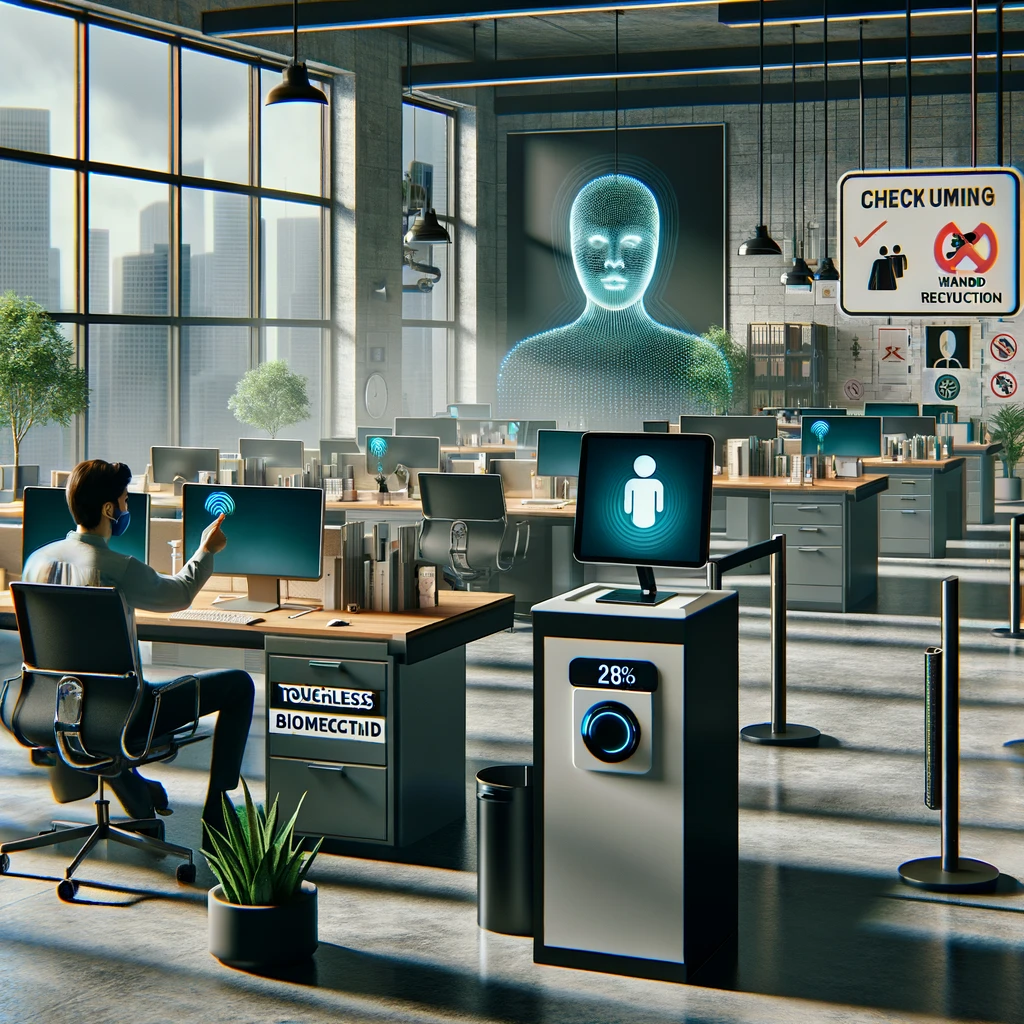Employee Attendance Systems in the Era of COVID-19: Challenges and Solutions
Attendance app

 369
369 
Employee Attendance Systems in the Era of COVID-19: Challenges and Solutions
The COVID-19 era has brought significant changes to the world of work, including in the field of employee attendance management. Remote work, flexible hours, and employing workers in different countries have created new challenges for traditional attendance systems.
Main Challenges:
- Tracking Remote Employees: Difficulty in ensuring accurate working hours and adherence to schedules when employees are not in the office.
- Managing Flexible Hours: New work models, such as shift work or flexible days, require customized attendance systems.
- Lack of Global Uniformity: Managing employees in different countries necessitates adaptation to local labor laws and regulations regarding attendance tracking.
- Data Security: High importance for protecting sensitive attendance data of employees, especially in remote work.
Technological Solutions:
- Digital Attendance Systems: Cloud-based applications and solutions allow for attendance tracking from anywhere at any time.
- Biometric Tracking: Using facial recognition or fingerprint technologies ensures accuracy and verification of employee identities.
- Advanced Data Analysis: Advanced systems provide insights into employee productivity, time usage, and team efficiency.
- Integration with Other Systems: Connecting attendance systems to human resources and payroll management systems allows for more efficient management of employee data.
Adapting to a New Reality:
Many attendance systems have developed innovative solutions to tackle the challenges of the COVID-19 era. These solutions facilitate efficient tracking of employee attendance, management of flexible work models, ensuring data security, and creating a safe and effective work environment.
It is important to note:
- Choosing an appropriate attendance system should be done according to the specific needs of each organization.
- Training employees and providing technical support are essential for the successful implementation of a new attendance system.
- It is important to ensure that the system complies with relevant privacy protection regulations.
The COVID-19 era has posed new challenges in managing employee attendance. Digital attendance systems and advanced technological solutions enable efficient handling of these challenges and creating an effective and safe work environment for both employees and management.
How to maintain trust and good working relationships in the era of remote work, despite attendance tracking?
- Transparency in the Process: Explain to employees the importance of attendance tracking, the data collected, and its usage.
- Focus on Flexibility and Productivity: Emphasize meeting goals and outcomes rather than just physical working hours.
- Encourage Open Communication: Create easy communication channels for employees to ask questions, provide feedback, and make requests.
- Building Mutual Trust: Highlight the commitment to employee privacy and the responsible use of data.
Is biometric solutions the only way to manage attendance in the era of remote work?
No! There are a wide range of solutions, including app-based and other technologies, that allow for effective tracking while maintaining privacy. Choose a solution that suits your organization's needs and culture.
How can we ensure compliance with privacy protection regulations when using digital attendance systems?
- Choose a reputable provider that complies with relevant regulations.
- Ensure that the system offers advanced security measures to protect employee data.
- Explain to employees their rights regarding access and deletion of data.
- Establish a clear policy on the use of the system and consistently enforce it.
Remember, selecting the right attendance system, integrating it with good management processes, and maintaining transparency and open communication with employees will enable you to navigate the challenges of attendance tracking in the COVID-19 era and create a safe, effective, and satisfying work environment for all.
- 73% of employees prefer working remotely at least one day a week (Microsoft Future of Work Pulse, 2023). Indicates the need for flexible attendance systems tailored for remote work.
- Organizations that implemented digital attendance systems reported a 15% improvement in attendance data accuracy, even while working remotely (Workforce Institute at UKG, 2023). Highlights the effectiveness of technology in tracking and managing attendance remotely.
- Employee satisfaction increased by 14% in organizations with digital attendance systems that emphasize data security and control over personal data (ADP, 2022). Emphasizes the importance of transparency and maintaining privacy in the digital work era.
- Human resources management costs decreased by 12% in organizations that used digital attendance systems with advanced data analysis tools (Gartner, 2021). Indicates the economic benefits of more efficient management of working hours.
- Employees who worked remotely and reported trust in management and transparent management systems reported 8% higher productivity (Gallup, 2023). Highlights the importance of transparency and building trust among remote employees to achieve positive outcomes.
This data emphasizes the need for adapting attendance systems to the challenges of the COVID-19 era. Through informed choices, transparency, and open communication, attendance systems can contribute to both effective management and maintaining a positive and balanced work environment for employees and management. Remember, in this new work era, technology should serve as an effective tool that supports people and their changing needs.






